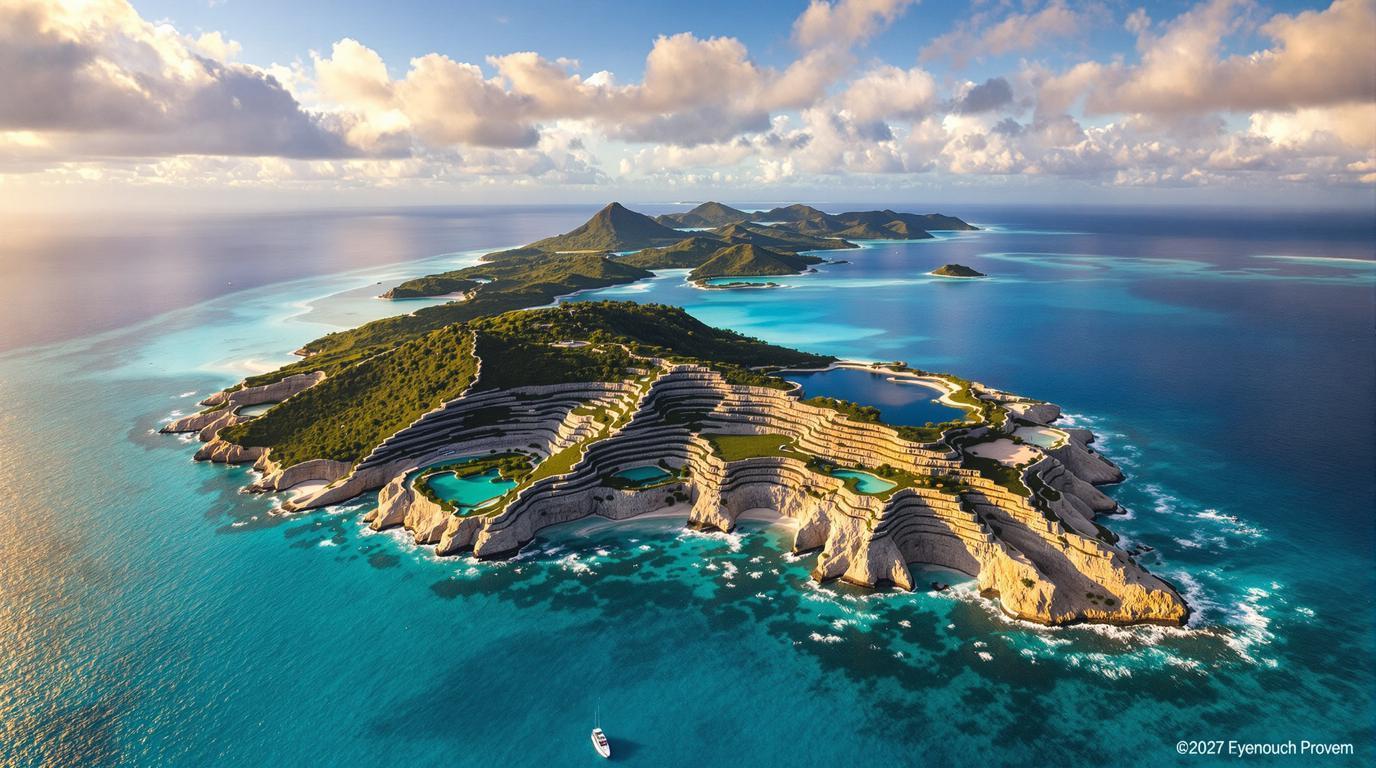Flying into Mangaia on an 8-seater aircraft feels like trespassing. The island’s 471 residents have spent decades perfecting the art of staying invisible, and for good reason. This 2-million-year-old coral fortress in the Cook Islands holds secrets that locals actively shield from the Instagram crowds destroying their Pacific neighbors.
While Rarotonga drowns in cruise ship passengers and Aitutaki poses for a thousand sunset selfies daily, Mangaia’s community has chosen a different path. They’ve watched Bora Bora become a theme park and Fiji lose its soul to resort chains. Their response? Strategic invisibility.
The protective instinct runs deeper than tourism fatigue. Mangaia guards the world’s oldest raised coral atoll, ancient makatea terraces that took millennia to form, and cave systems where ancestral spirits still whisper through limestone corridors. These aren’t tourist attractions—they’re living heritage sites the community refuses to commodify.
Why the community limits access to their island paradise
The deliberate infrastructure shortage
Mangaia’s residents could easily build luxury resorts along their dramatic coral cliffs. Instead, they’ve chosen to maintain just enough infrastructure to survive economically while preserving their way of life. No international airport, no chain hotels, no tour buses—just a handful of local guesthouses that require advance booking and cultural orientation.
Cultural preservation over tourism profits
The island’s elders remember when neighboring islands welcomed mass tourism with open arms, only to watch their languages fade, their youth migrate to resort jobs, and their sacred sites become photo opportunities. Mangaia’s 471 residents chose differently, implementing community-led policies that prioritize cultural continuity over quick tourist dollars.
The ancient secrets locals protect from commercialization
Sacred cave systems with ancestral guardians
Te Rua Rere and Tuatini caves contain more than stunning limestone formations—they hold the bones of ancestors and the spiritual foundation of Mangaian identity. Local guides don’t just show you these caves; they introduce you to their family history. Each tour requires permission from traditional leaders and follows protocols outsiders never learn.
The makatea terraces that took millennia to form
These fossilized coral terraces represent 2 million years of Pacific geological history, creating landscapes found nowhere else on Earth. The local community understands that one careless development project could destroy formations that predate human civilization. Their protection isn’t just environmental—it’s ancestral responsibility.
What happens when respectful visitors do arrive
The transformation from tourist to cultural student
The few travelers who make it to Mangaia quickly realize they’re not customers—they’re guests in someone’s home. Local families share traditional fishing techniques, invite visitors to church services, and explain the spiritual significance of everyday activities. The island doesn’t perform culture; it lives it.
Authentic experiences unavailable anywhere else
Forget snorkeling with tropical fish in crowded lagoons. Mangaia offers cave diving in sacred cenotes, traditional plant medicine walks, and fishing with techniques passed down through 30 generations. These aren’t tourist activities—they’re cultural exchanges that happen only when the community trusts you enough to share.
How to visit without becoming part of the problem
The community-approved approach to respectful tourism
Mangaia’s residents have developed clear guidelines for visitors who genuinely want to learn rather than just photograph. Stay in locally-owned accommodations, participate in community work projects, and leave your itinerary flexible for cultural events that can’t be scheduled around tourist convenience.
Supporting preservation over exploitation
Every dollar spent on Mangaia either supports cultural preservation or threatens it. Choose local guides over outside operators, buy crafts directly from artisans, and contribute to community conservation funds rather than spending on experiences that commodify sacred traditions.
Mangaia’s 471 residents have created something extraordinary—a Pacific island that still belongs to its people. Their protective instincts aren’t about excluding visitors; they’re about ensuring that future generations inherit an island that remains authentically Mangaian.
The question isn’t whether you can visit Mangaia, but whether you’re willing to visit on the community’s terms. If you can respect their boundaries and contribute to their preservation efforts, you’ll experience something becoming extinct elsewhere—genuine Pacific island culture, protected by people who still call it home.
